Lo Manthang, the walled city and former capital of the Kingdom of Lo, holds a significant place in the history and culture of the Mustang region in Nepal. Nestled in the Trans-Himalayan region at an altitude of 3,840 meters, Lo Manthang was founded in 1380 by Ame Pal, a Tibetan warrior who established the Kingdom of Lo. The region has a rich cultural heritage that is deeply rooted in Tibetan Buddhism and Bon traditions.
For centuries, Lo Manthang served as a crucial trade hub along the ancient salt trade route between Tibet and India, which contributed to its prosperity and development. The Kingdom of Lo maintained its semi-autonomous status until 2008 when the monarchy was abolished in Nepal, and the region was integrated into the modern political structure as the Upper Mustang region.
Lo Manthang's significance extends beyond its historical role as a trade center and royal capital. The walled city is home to some of the most well-preserved examples of Tibetan Buddhist art and architecture, including ancient monasteries, palaces, and mural paintings. Due to its remote location and restricted access until the early 1990s, Lo Manthang has retained much of its traditional way of life, making it a living museum of Tibetan culture.
Today, Lo Manthang is a popular destination for adventure seekers, cultural enthusiasts, and history buffs who are eager to explore this hidden gem of the Mustang region. The walled city offers a unique glimpse into the past, showcasing an authentic and unspoiled example of traditional Tibetan culture and providing a window into the rich history of the once-forbidden Kingdom of Lo.
Importance of Lo Manthang as a cultural and historical site
Lo Manthang holds immense importance as a cultural and historical site due to its well-preserved heritage, unique architecture, and rich traditions. The walled city offers a rare glimpse into the past and provides an unparalleled opportunity for visitors to experience the authentic Tibetan culture. Here are some of the key aspects that contribute to the significance of Lo Manthang as a cultural and historical site:
-
Architectural Heritage: The walled city of Lo Manthang features an array of unique and well-preserved architectural wonders. The Royal Palace, ancient monasteries, and traditional houses with their intricate wood carvings and mud-brick structures showcase the distinctive architectural style of the region, reflecting the influence of Tibetan and Himalayan craftsmanship.
-
Ancient Monasteries and Gompas: Lo Manthang is home to several ancient monasteries, such as Thubchen Gompa, Chodey Gompa, and Jampa Gompa, which date back to the 15th century. These religious institutions have played a pivotal role in preserving and promoting Tibetan Buddhism in the region, serving as centers of learning, meditation, and spiritual development.
-
Sacred Art and Mural Paintings: The monasteries of Lo Manthang house an invaluable collection of sacred art and mural paintings, representing the rich artistic heritage of the Mustang region. These centuries-old artworks depict various Buddhist deities, scenes from the life of Buddha, and other religious narratives, offering invaluable insights into the artistic and spiritual traditions of the area.
-
Living Culture: Lo Manthang has managed to preserve its traditional way of life, owing to its remote location and restricted access. The customs, rituals, and festivals practiced by the local Loba people provide a living testimony to the region's vibrant culture. The annual Tiji Festival, for example, is a major cultural event that showcases traditional dance, music, and costumes, drawing visitors from around the world.
-
Archaeological Significance: Beyond the walled city, the Mustang region is dotted with ancient cave dwellings, such as the Chhoser Cave Complex, which offer a fascinating glimpse into the region's history and the lives of its early inhabitants. These archaeological sites provide important information about the region's past and contribute to our understanding of the broader history of the Himalayas and Tibet.
Lo Manthang's significance as a cultural and historical site lies in its well-preserved heritage, ancient monasteries, sacred art, living culture, and archaeological sites. These aspects make the walled city an invaluable destination for history enthusiasts, cultural explorers, and adventure seekers alike.
Overview of the journey
The journey to Lo Manthang is a thrilling adventure that takes visitors through the remote and picturesque landscapes of the Mustang region in Nepal. This blog aims to provide a comprehensive guide to exploring the hidden gem of Lo Manthang, offering valuable insights and tips for an unforgettable experience. Readers can expect detailed information on planning and preparing for the trip, discovering the walled city's historical and cultural treasures, and making the most of their visit to this enchanting destination.
In this blog, we will cover:
-
Preparing for the Adventure: Learn about the necessary permits, ideal travel times, essential packing items, and fitness requirements for a successful journey to Lo Manthang.
-
Getting to Lo Manthang: Delve into the various travel options available to reach the walled city, including trekking and jeep tours, and understand the potential challenges you may face during the journey.
-
Lo Manthang: The Walled City: Discover the rich history, architecture, and cultural treasures that await within the walls of Lo Manthang, including the Royal Palace, ancient monasteries, and sacred art.
-
Beyond the Walled City: Explore the intriguing sites and breathtaking vistas that surround Lo Manthang, such as the Chhoser Cave Complex, Chortens, Stupas, and panoramic views of the Himalayas.
-
Tiji Festival: A Cultural Extravaganza: Immerse yourself in the vibrant celebration of the annual Tiji Festival, a remarkable showcase of Lo Manthang's unique traditions, customs, and folklore.
-
Sustainable Tourism and Responsible Travel: Understand the importance of eco-friendly practices, supporting local businesses, and respecting cultural norms to ensure a responsible and sustainable visit to Lo Manthang.
-
Tips for a Memorable Experience: Gain insider knowledge on hiring local guides, trying local cuisine, engaging with the locals, and photography etiquette to make the most of your time in Lo Manthang.
By the end of the blog, readers will have gained a comprehensive understanding of the various aspects involved in planning and embarking on a journey to the mystical Lo Manthang. The blog's goal is to inspire, inform, and prepare travelers for an adventure of a lifetime, unveiling the hidden wonders of the Forbidden Kingdom in the heart of the Mustang region.
Preparing for the Adventure
Preparing for the adventure to Lo Manthang requires careful planning and consideration. Firstly, it is crucial to obtain the necessary permits and documentation for traveling in the Mustang region. Secondly, choosing the best time to visit, generally between March to early June or September to November, ensures favorable weather conditions. A well-prepared packing list, including essential clothing and gear, will make the journey more comfortable, while being aware of the recommended fitness level and health precautions helps travelers acclimatize and stay safe during the trip. By being well-prepared, visitors can maximize their enjoyment of the unique cultural and natural wonders that await them in the ancient walled city of Lo Manthang.
a. Necessary permits and documentation:
To visit Lo Manthang, you need to obtain the following permits and documentation:
-
Restricted Area Permit (RAP): Since Lo Manthang lies within the restricted Upper Mustang region, you need a Restricted Area Permit (RAP) issued by the Department of Immigration in Kathmandu or Pokhara. The RAP costs USD 500 per person for the first 10 days and an additional USD 50 per day for each extra day.
-
Annapurna Conservation Area Permit (ACAP): You also need an Annapurna Conservation Area Permit (ACAP) issued by the Nepal Tourism Board or the Annapurna Conservation Area Project office. The ACAP costs approximately USD 30 per person.
-
TIMS Card: While not mandatory for restricted areas, it's a good idea to obtain a Trekkers' Information Management System (TIMS) card, which helps authorities track and locate trekkers in case of emergencies. The TIMS card costs around USD 10 per person.
Make sure to carry multiple photocopies of your passport, permits, and passport-sized photos, as they might be required at various checkpoints during the trek.
b. Best time to visit Lo Manthang:
The best time to visit Lo Manthang is during the months of May to October when the weather is relatively stable, and temperatures are moderate. The Tiji Festival usually takes place in May, making it an ideal time for those interested in experiencing this cultural extravaganza.
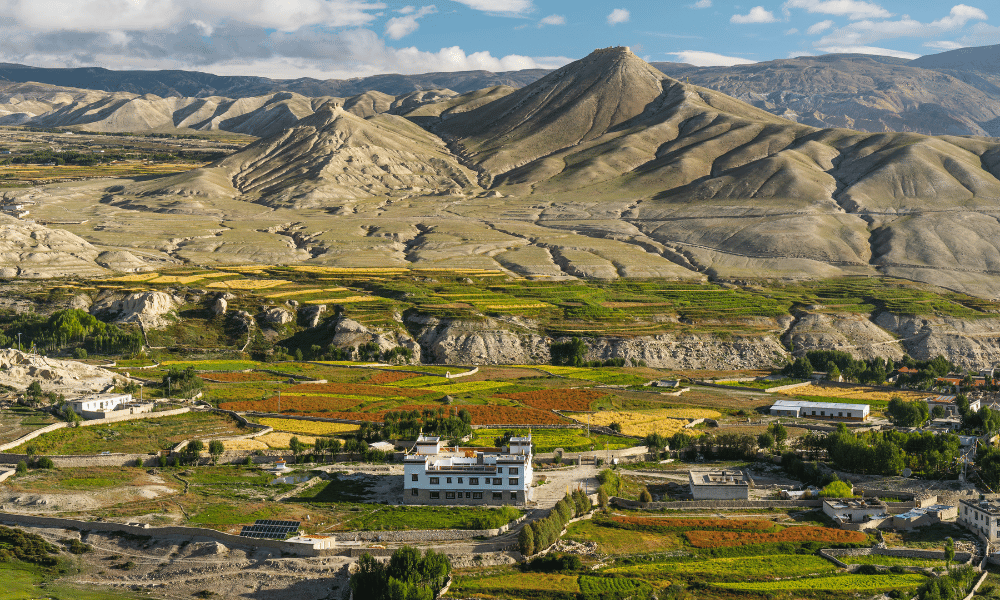
The monsoon season (June to September) sees fewer visitors due to unpredictable weather, but the landscape is lush and vibrant during this time. The winter months (November to February) are not recommended due to heavy snowfall and freezing temperatures, making travel challenging.
c. Essential packing list and tips:
When packing for your journey to Lo Manthang, consider the following essentials:
-
Clothing: Pack warm layers, including thermal underwear, fleece jackets, waterproof and windproof outer layers, trekking pants, and comfortable trekking shoes. Don't forget hats, gloves, and scarves to protect yourself from the cold and wind.
-
Gear: A sturdy backpack, trekking poles, a good-quality sleeping bag, and a headlamp are essential for the trek. If you plan to camp, bring a lightweight tent and cooking equipment.
-
Toiletries and First Aid: Carry a basic first-aid kit, any personal medications, sunscreen, lip balm, hand sanitizer, and biodegradable toiletries.
-
Documents: Keep your permits, passport, and travel insurance documents in a waterproof pouch for easy access.
-
Snacks and Hydration: Carry energy bars, trail mix, and a refillable water bottle to stay energized and hydrated during the trek.
-
Miscellaneous: Bring a camera, spare batteries, a power bank, a notebook, and a pen for documenting your journey.
d. Recommended fitness level and health precautions:
The trek to Lo Manthang is moderately challenging, requiring a good level of physical fitness and stamina. Prior trekking experience at high altitudes is recommended. It's essential to acclimatize properly and be aware of the symptoms of altitude sickness.
Before embarking on the journey, consult your doctor for a health check-up and discuss any necessary vaccinations or medications, such as Diamox for altitude sickness prevention.
During the trek, maintain good hygiene, drink plenty of water, and avoid consuming alcohol to minimize health risks. Be prepared for limited access to medical facilities in the remote areas of the Mustang region.
Getting to Lo Manthang
Getting to Lo Manthang, located in the remote Mustang region of Nepal, is an adventure in itself. The journey typically begins in Kathmandu, from where travelers can either fly or drive to Jomsom. From Jomsom, the options to reach Lo Manthang include trekking along the ancient salt trade route or embarking on a guided jeep tour. Both options present their own challenges, such as altitude acclimatization and navigating rugged terrain, but also offer the reward of stunning Himalayan landscapes and unforgettable cultural experiences. Regardless of the chosen mode of transportation, the journey to Lo Manthang is a captivating voyage through time and space, filled with awe-inspiring natural beauty and intriguing glimpses into a remote and ancient world.
a. Travel options: Kathmandu to Jomsom
To reach Lo Manthang, you must first get to Jomsom, a town located in the Mustang region. There are two main options for traveling from Kathmandu to Jomsom:
-
By Air: The quickest way to reach Jomsom is by taking a domestic flight from Kathmandu to Pokhara (approximately 25-30 minutes) and then another flight from Pokhara to Jomsom (approximately 20-25 minutes). This option is more expensive but saves time and energy.
-
By Road: Alternatively, you can take a bus or a private vehicle from Kathmandu to Pokhara (approximately 6-8 hours) and then another bus or jeep from Pokhara to Jomsom (approximately 8-10 hours). This option is more budget-friendly but can be tiring due to the long travel time and rough roads.
b. Jomsom to Lo Manthang: trekking vs. jeep tour
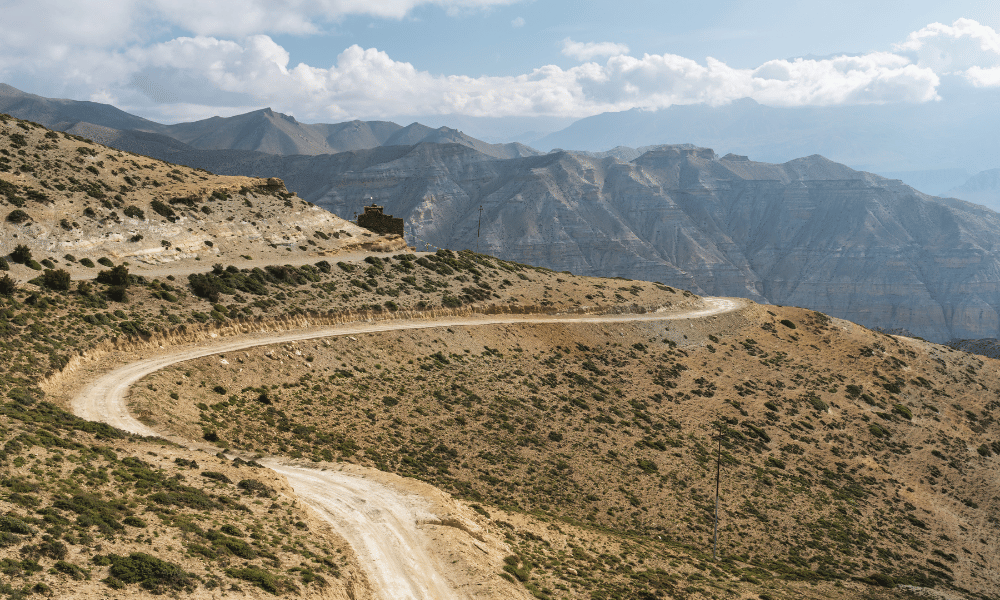
Once in Jomsom, there are two main options to reach Lo Manthang:
-
Trekking: The classic way to reach Lo Manthang is by trekking, which typically takes around 7-10 days. The trek follows the ancient salt trade route through the Kali Gandaki River Valley, passing through picturesque villages, barren landscapes, and unique rock formations. Trekking allows you to fully immerse yourself in the region's natural beauty and offers a more intimate experience of the local culture.
-
Jeep Tour: For those who prefer a more comfortable and faster mode of transportation, a jeep tour is an alternative option. The journey by jeep typically takes 2-3 days, depending on your itinerary and the road conditions. While less physically demanding than trekking, a jeep tour still provides ample opportunities to explore the unique landscapes, monasteries, and villages along the route.
c. Potential challenges during the journey
The journey to Lo Manthang, whether by trekking or jeep, can be challenging due to various factors:
-
Altitude: The high altitude of the Mustang region can pose a risk of altitude sickness. Proper acclimatization, staying hydrated, and monitoring your health are essential to prevent and manage altitude-related issues.
-
Weather: The weather in the Mustang region can be unpredictable, with sudden changes in temperature and occasional snowfall, even during the trekking season. Be prepared for cold nights and potential weather-related delays.
-
Road Conditions: The roads in the Mustang region, particularly those beyond Jomsom, can be rough and prone to landslides. Whether trekking or traveling by jeep, be prepared for slow progress and bumpy rides.
-
Accommodation and Facilities: In the more remote areas of the trek, accommodation and facilities can be basic, with limited access to electricity, hot water, and western-style toilets. It's essential to have realistic expectations and be prepared to adapt to the local conditions.
-
Physical Fitness: For trekkers, the journey to Lo Manthang can be physically demanding due to the high altitude, long trekking days, and challenging terrain. It's crucial to be in good physical shape and well-prepared for the trek.
Lo Manthang: The Walled City
Lo Manthang, the ancient walled city in the remote Mustang region of Nepal, is a fascinating blend of history, culture, and natural beauty. Once the capital of the Kingdom of Lo, the city still retains its air of mystery and timelessness. Key attractions within the walled city include the Royal Palace, home to the living king and his family, as well as the revered monasteries of Thubchen Gompa and Chodey Gompa. The Amchi Museum and Clinic showcase the region's traditional Tibetan medicine, while the city's maze-like alleys reveal ancient art and mural paintings. A visit to Lo Manthang is a journey into the heart of a vanishing world, offering travelers an unparalleled opportunity to explore a unique cultural heritage that has been preserved for centuries.
a. The Royal Palace
i. History and architecture:
The Royal Palace, also known as the Raja or Rani's Palace, is a four-story building located at the heart of Lo Manthang. It was constructed in the early 15th century during the reign of King Ame Pal, the founder of the Kingdom of Lo. The palace showcases the traditional architectural style of the region, featuring mud-brick walls, wooden windows, and carved balconies.
ii. The royal family and the living king:
The palace was home to the royal family of Lo Manthang until 2008 when the monarchy was abolished in Nepal. The last king, Jigme Dorje Palbar Bista, passed away in 2016, and his wife, Queen Rani Sahiba, continued to live in the palace. While the monarchy no longer holds any political power, the royal family is still respected by the local community and remains an important part of Lo Manthang's cultural heritage.
b. Monasteries and Gompas
i. Thubchen Gompa:
Thubchen Gompa, built in the 15th century, is one of the most important monasteries in Lo Manthang. The gompa is renowned for its massive assembly hall, which features a stunning array of ancient mural paintings and intricately carved wooden pillars. Thubchen Gompa serves as both a religious and community center for the people of Lo Manthang.
ii. Chodey Gompa:
Chodey Gompa, also known as Choedhe Monastery, is located close to the Royal Palace and is the main religious center of Lo Manthang. The monastery is believed to have been built during the reign of King Ame Pal and houses several ancient statues, religious artifacts, and sacred texts.
iii. Amchi Museum and Clinic:
The Amchi Museum and Clinic, located within the walled city, is dedicated to preserving and promoting the traditional Tibetan medicine known as Sowa Rigpa. The museum showcases a collection of medicinal herbs, ancient texts, and medical instruments, while the clinic offers treatment and consultations with local Amchi practitioners.
c. Ancient art and mural paintings:
Lo Manthang is home to a wealth of ancient art and mural paintings, primarily found within its monasteries and gompas. These centuries-old artworks depict various Buddhist deities, scenes from the life of Buddha, and other religious narratives, showcasing the artistic and spiritual traditions of the region. The mural paintings in Thubchen Gompa, Chodey Gompa, and Jampa Gompa are particularly well-known for their exquisite detail and vivid colors.
d. Exploring the maze-like alleys:
Wandering through the narrow, maze-like alleys of Lo Manthang is an experience in itself. The winding streets are lined with traditional mud-brick houses adorned with colorful prayer flags and carved wooden windows. As you stroll through the alleys, you'll encounter local artisans, traditional teahouses, and small family-run shops selling handicrafts and souvenirs, offering a glimpse into the daily life and culture of the Loba people.
Beyond the Walled City
Venturing beyond the walled city of Lo Manthang offers visitors the opportunity to explore the rich cultural and natural wonders of the Mustang region. Highlights include the Chhoser Cave Complex, an ancient network of human-made caves, the numerous sacred chortens and stupas scattered throughout the region, and the awe-inspiring panoramic views of the Himalayas. Engaging in cultural immersion through village festivals and interactions with the local Loba people further enhances the experience, providing a deeper understanding of the region's traditions, customs, and way of life. Exploring beyond Lo Manthang allows travelers to fully appreciate the diverse and captivating beauty that the Mustang region has to offer.
a. Chhoser Cave Complex:
The Chhoser Cave Complex, located approximately 15 kilometers north of Lo Manthang, is a fascinating historical site that dates back over 2,000 years. These ancient human-made caves are carved into towering sandstone cliffs and were once used as dwellings, meditation chambers, and granaries by the people of Mustang. Exploring the labyrinthine network of caves offers a unique insight into the region's history and the ingenious ways in which its inhabitants adapted to their harsh environment.
b. Chortens and Stupas:
Scattered throughout the Mustang region are numerous chortens (Tibetan Buddhist shrines) and stupas (mound-like structures containing relics), which serve as important religious and cultural landmarks. These sacred structures are often adorned with colorful prayer flags and intricate carvings, reflecting the region's deep-rooted Buddhist beliefs. Visiting the chortens and stupas provides an opportunity to learn about the local religious customs and appreciate the craftsmanship involved in their construction.
c. Panoramic views of the Himalayas:
The Mustang region offers some of the most breathtaking panoramic views of the Himalayas, including iconic peaks such as Annapurna, Dhaulagiri, and Nilgiri. Several vantage points around Lo Manthang provide stunning vistas of the surrounding mountains, barren landscapes, and deep gorges. Trekking or horse riding excursions to nearby hills and passes, such as the Marang La Pass, allow you to fully immerse yourself in the region's dramatic natural beauty.
d. Cultural immersion: festivals and local lifestyle:
Venturing beyond the walled city of Lo Manthang provides ample opportunities for cultural immersion and engagement with the local Loba people. Participating in village festivals, such as the Tiji Festival in Lo Manthang or the Yartung Festival in nearby villages, offers a unique insight into the region's traditions, customs, and folklore.
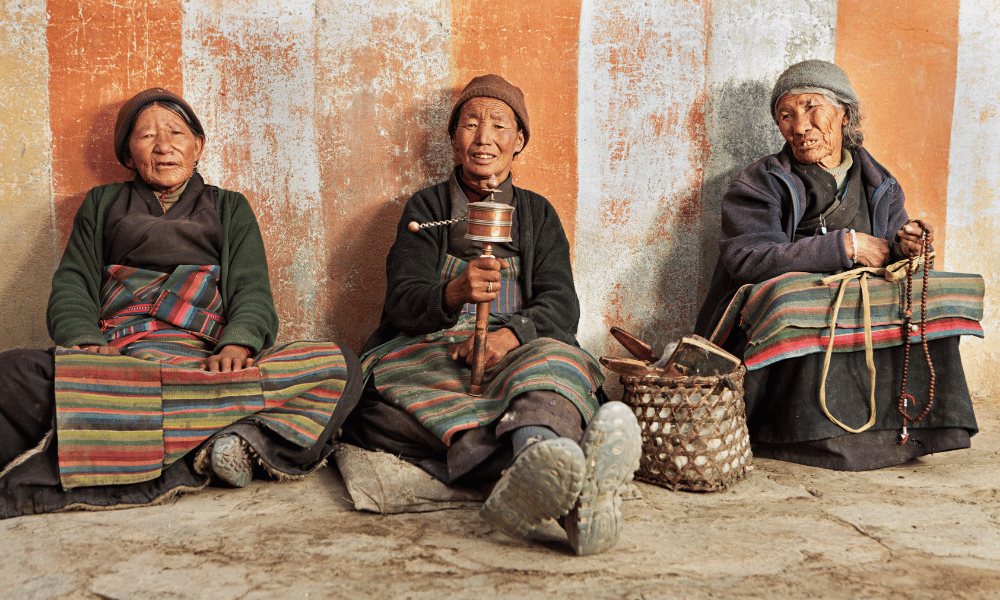
Visiting local homes, sharing meals with families, and engaging in traditional activities like horse riding or learning about the ancient art of Amchi medicine further enriches your understanding of the local lifestyle and the cultural heritage of the Mustang region.
Tiji Festival: A Cultural Extravaganza
The Tiji Festival is a vibrant, three-day cultural extravaganza held annually in Lo Manthang, celebrating the victory of the Buddhist deity Dorje Jono over a malevolent demon. Rooted in the region's religious and cultural heritage, the festival is characterized by colorful masked dances, ritual performances, and traditional Tibetan music. Monks from Chodey Gompa don intricate masks and costumes to reenact the story of Dorje Jono, culminating in the symbolic burning of a demon effigy. The Tiji Festival is a unique and mesmerizing event, offering visitors a once-in-a-lifetime opportunity to witness and participate in the ancient traditions and customs of the Mustang region.
a. The legend and history of Tiji:
The Tiji Festival, also known as Tenchi or Tenpa Chirim, is an annual three-day event celebrated in Lo Manthang to mark the victory of good over evil. The festival is based on the legend of Dorje Jono, a Buddhist deity who defeated a demon that caused drought, disease, and destruction in the region. Tiji is derived from the words "Ten Che," which means "praying for world peace" in the local language. The festival has been celebrated for centuries and holds great religious and cultural significance for the people of Mustang.
b. Rituals and performances:
The Tiji Festival is a vibrant display of traditional rituals, masked dances, and theatrical performances. The monks from Chodey Gompa don elaborate masks and costumes to reenact the story of Dorje Jono, engaging in a series of intricate dances and chanting prayers to ward off evil spirits. The festival reaches its climax on the third day, when a large wooden effigy of the demon is set ablaze, symbolizing the victory of good over evil.
c. Colors, costumes, and music:
The Tiji Festival is a visual and auditory feast, characterized by vibrant colors, elaborate costumes, and mesmerizing music. The monks' intricately carved masks represent various deities and characters from the legend, while their costumes are adorned with rich brocades and intricate patterns. Traditional Tibetan music, played on instruments such as horns, drums, and cymbals, accompanies the dances and rituals, creating an immersive and atmospheric experience for the spectators.
d. Timing and planning your visit around the festival:
The Tiji Festival usually takes place in May, although the exact dates vary each year based on the Tibetan lunar calendar. To plan your visit around the festival, it's essential to stay updated on the confirmed dates, which are typically announced a few months in advance.
Due to the festival's popularity, accommodations and transportation options in the region can be in high demand during this time. It's recommended to book your flights, permits, and accommodations well in advance to secure your place at this once-in-a-lifetime cultural event. Additionally, consider hiring a local guide or joining a guided tour to gain a deeper understanding of the festival's rituals, legends, and cultural significance.
More About : Tiji Festival of Upper Mustang
Sustainable Tourism and Responsible Travel
Sustainable tourism and responsible travel are essential aspects of visiting Lo Manthang, ensuring the preservation of the region's unique natural and cultural heritage. Embracing eco-friendly practices, such as minimizing waste and conserving resources, helps protect the fragile environment of Mustang. Supporting local businesses and communities promotes economic growth and preserves traditions, while respecting cultural norms and traditions fosters mutual understanding between visitors and locals. By following responsible and sustainable travel practices, travelers can contribute to the well-being of the region and enjoy a more authentic and enriching experience in the mystical land of Lo Manthang.

a. Importance of eco-friendly practices:
In a fragile environment like Mustang, eco-friendly practices are essential to minimize the impact of tourism on the region's natural resources, ecosystems, and local communities. Sustainable tourism helps protect the unique landscapes, cultural heritage, and biodiversity of the area, ensuring that future generations can continue to enjoy and learn from these treasures.
b. Supporting local businesses and communities:
By supporting local businesses and communities, you contribute to the local economy and empower the people who call the region home. Choosing locally owned accommodations, hiring local guides, and purchasing locally made products not only create job opportunities but also help preserve the region's traditional crafts and customs.
c. Respecting cultural norms and traditions:
As a visitor to Lo Manthang, it's crucial to respect the cultural norms and traditions of the local Loba people. This involves dressing modestly, seeking permission before taking photographs of people or religious sites, and observing any restrictions related to sacred places or events. By demonstrating respect and sensitivity, you foster mutual understanding and contribute to a positive tourism experience for both visitors and locals.
d. Tips for responsible and sustainable travel in Lo Manthang:
-
Use reusable water bottles and avoid single-use plastics to reduce waste.
-
Choose eco-friendly accommodations that prioritize waste management, water conservation, and energy efficiency.
-
Follow designated trails and avoid disturbing the natural environment or local wildlife.
-
Dispose of waste properly and, when possible, carry out any non-biodegradable waste.
-
Conserve water and energy by using resources sparingly and turning off appliances when not in use.
-
Be mindful of your noise levels and avoid playing loud music or causing disturbances, particularly in sacred spaces or during ceremonies.
-
Learn basic phrases in the local language and engage in respectful conversations with locals to foster cultural exchange and understanding.
-
Follow the guidelines provided by your guide or tour operator and respect any restrictions related to photography, access to sacred sites, or participation in local customs.
By embracing sustainable tourism and responsible travel practices, you can contribute to the preservation of Lo Manthang's unique natural and cultural heritage while enjoying a memorable and authentic travel experience.
Tips for a Memorable Experience
To create a memorable experience in Lo Manthang, consider hiring local guides for their invaluable knowledge and assistance, as well as trying the authentic local cuisine to immerse yourself in the region's culinary traditions. Engaging with the Loba people allows for deeper insights into their culture and way of life, while observing photography etiquette and respecting any restrictions ensures a harmonious and enjoyable visit. By embracing these tips and maintaining an open and respectful attitude, travelers can fully appreciate the unique cultural, historical, and natural treasures that Lo Manthang has to offer.
a. Hiring local guides:
Hiring a local guide is an excellent way to enhance your travel experience in Lo Manthang. Local guides have invaluable knowledge about the region's history, culture, and natural environment, allowing you to gain deeper insights and learn about lesser-known attractions. Additionally, a local guide can assist with communication, logistics, and navigating the remote terrain, ensuring a smooth and enjoyable journey.
b. Trying local cuisine:
Sampling the local cuisine is an integral part of any cultural experience. In Lo Manthang, you'll have the opportunity to try authentic Mustang dishes, which are influenced by both Tibetan and Nepali culinary traditions. Some popular dishes include Thukpa (noodle soup), Tsampa (roasted barley flour), Momos (dumplings), and Tibetan bread. Enjoying meals in local tea houses or homestays is an excellent way to immerse yourself in the local food culture and support the community.
c. Engaging with the locals:
Connecting with the local Loba people is a rewarding way to gain a deeper understanding of their way of life, customs, and beliefs. Be open to engaging in conversations, asking questions, and sharing your own experiences. Participating in community events or visiting local schools, when appropriate, can also offer unique insights into the daily lives of the people who call the region home. Remember to always approach these interactions with respect, sensitivity, and an open mind.
d. Photography etiquette and restrictions:
Photography is a wonderful way to capture memories of your time in Lo Manthang. However, it's essential to be mindful of photography etiquette and any restrictions that may apply to specific sites or events. Always ask for permission before taking photos of local people or their homes, and be respectful of any requests to refrain from photography in sacred spaces or during religious ceremonies. Additionally, be considerate of other visitors and avoid obstructing their view or experience while taking photos. By adhering to these guidelines, you can enjoy a memorable experience in Lo Manthang that is both respectful and enriching.
Conclusion
The journey to Lo Manthang is a remarkable adventure that takes visitors through the rugged and breathtaking landscapes of the Mustang region, revealing the hidden gem that is the walled city. With its rich cultural, historical, and spiritual significance, Lo Manthang offers an unforgettable experience for those who venture off the beaten path to explore this ancient kingdom.
As you reflect on the journey, you'll appreciate the unique opportunity to immerse yourself in the traditions, customs, and daily life of the Loba people, forging connections that will last a lifetime. The vibrant festivals, sacred monasteries, and ancient art that make Lo Manthang so special serve as a testament to the region's resilience and enduring cultural heritage.
By sharing your experiences and encouraging others to discover Lo Manthang, you can help raise awareness about the importance of preserving this unique destination and promoting sustainable tourism practices that benefit both the local community and the environment.
In conclusion, visiting Lo Manthang is an extraordinary adventure that offers a rare glimpse into a largely undiscovered world, where time seems to stand still. As you depart from this mystical land, you'll carry with you a deeper understanding of the cultural, historical, and spiritual significance of Lo Manthang, as well as memories and connections that will enrich your life for years to come.






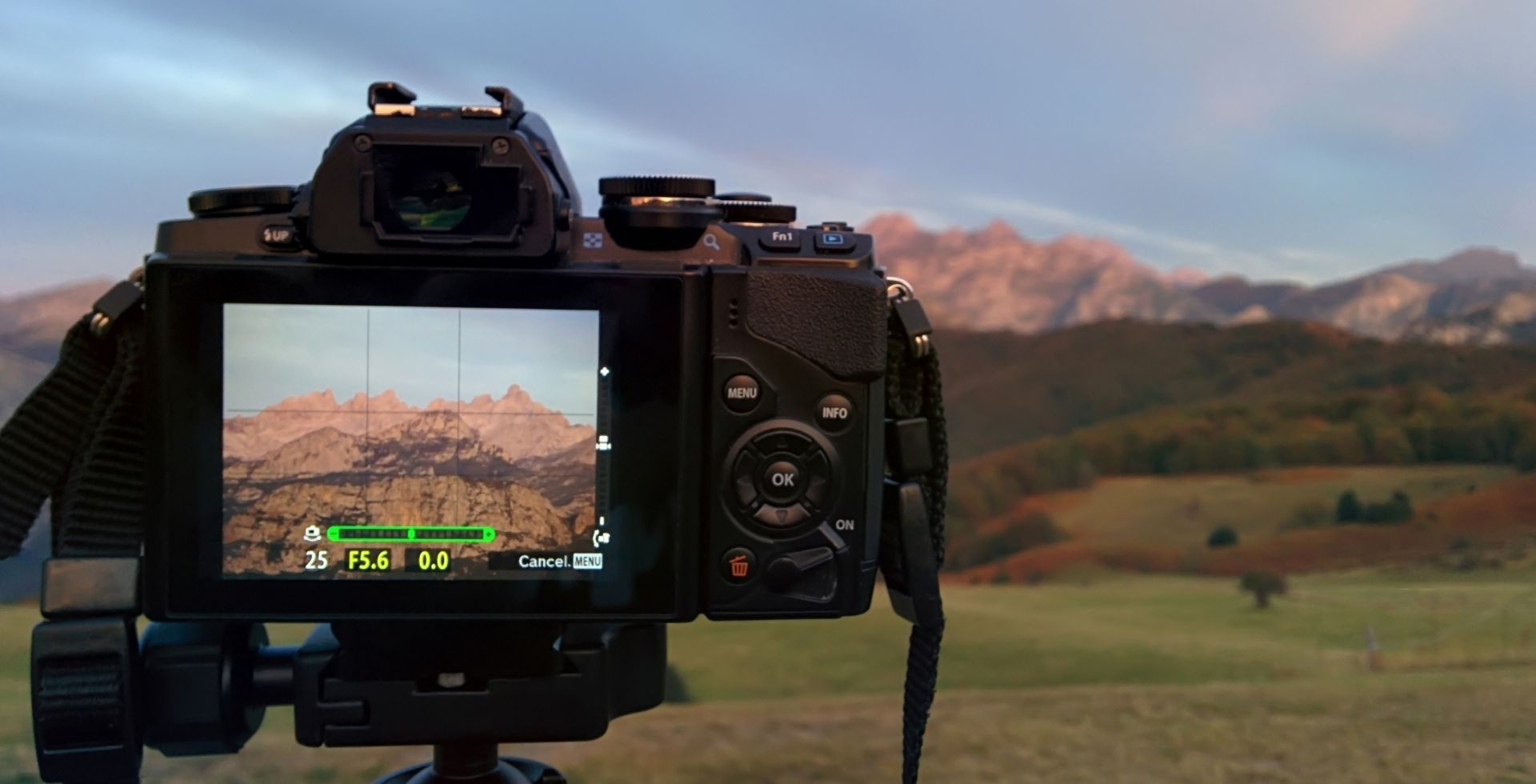
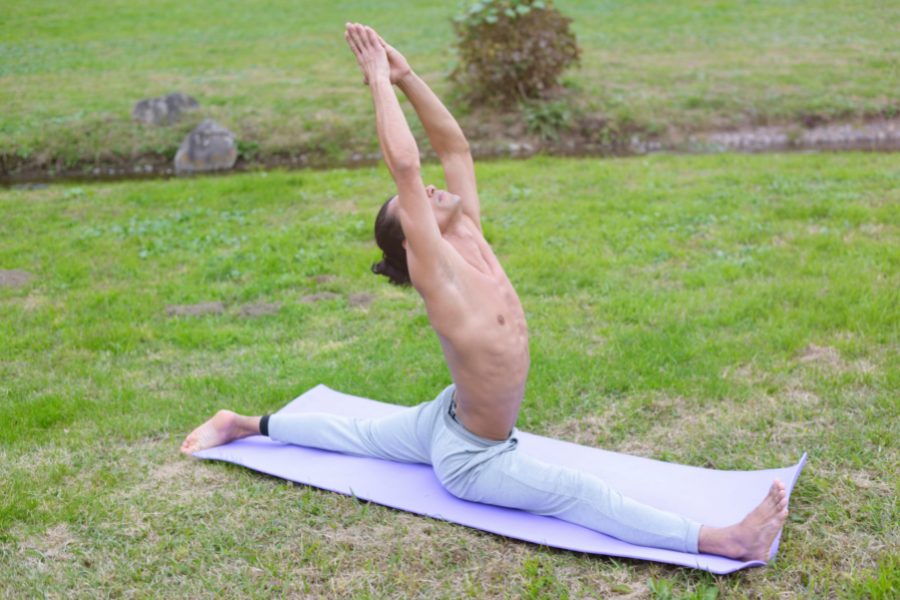
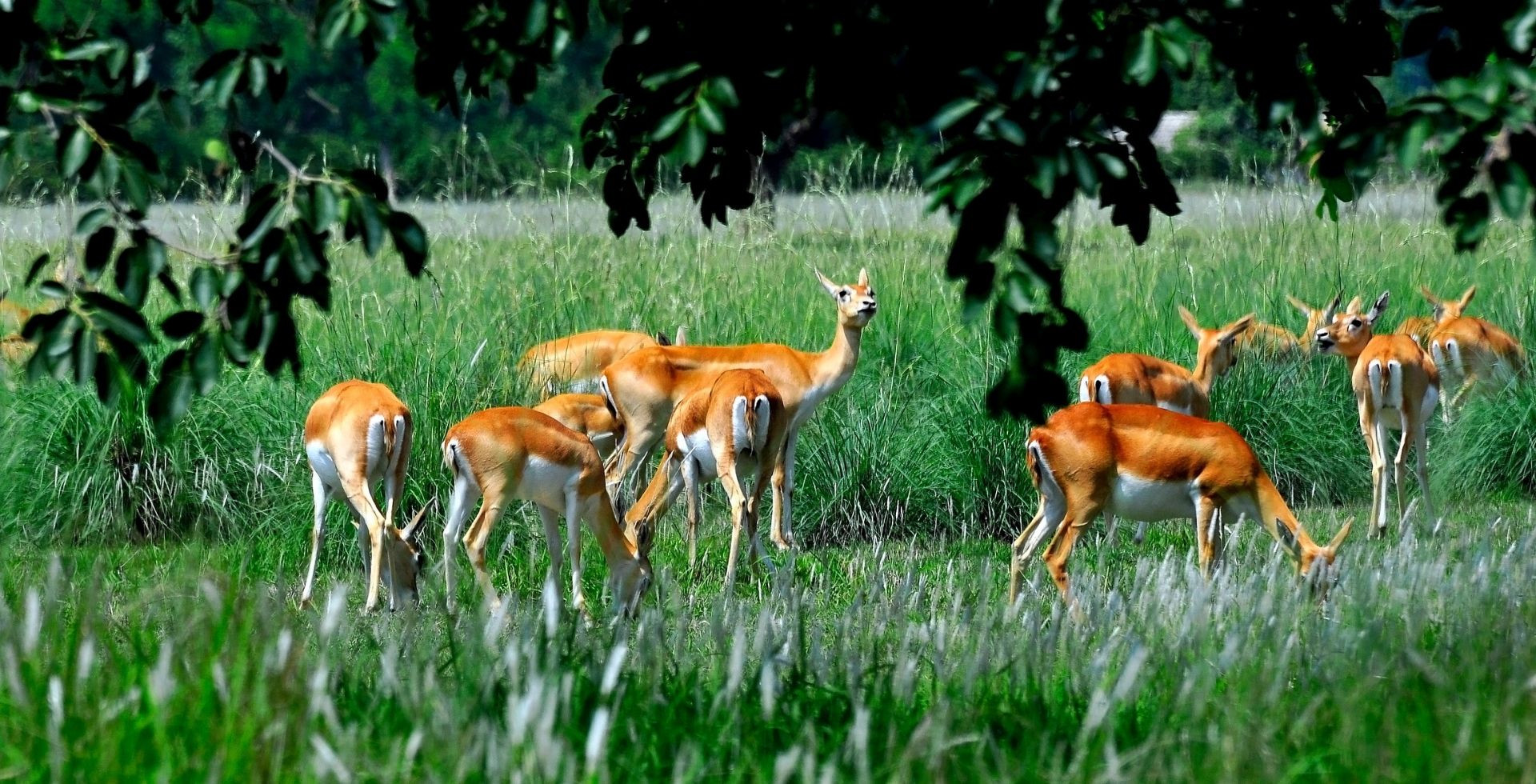
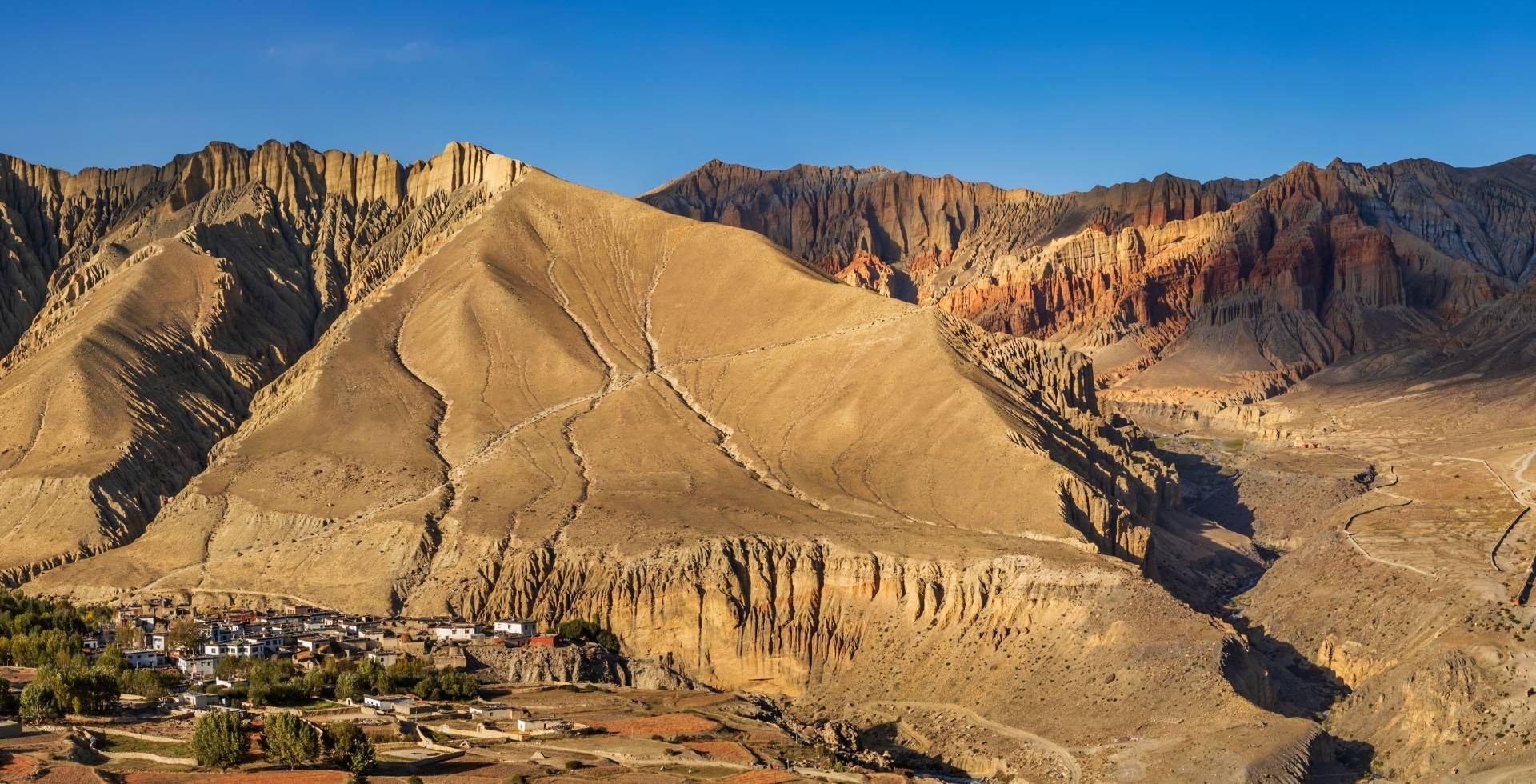

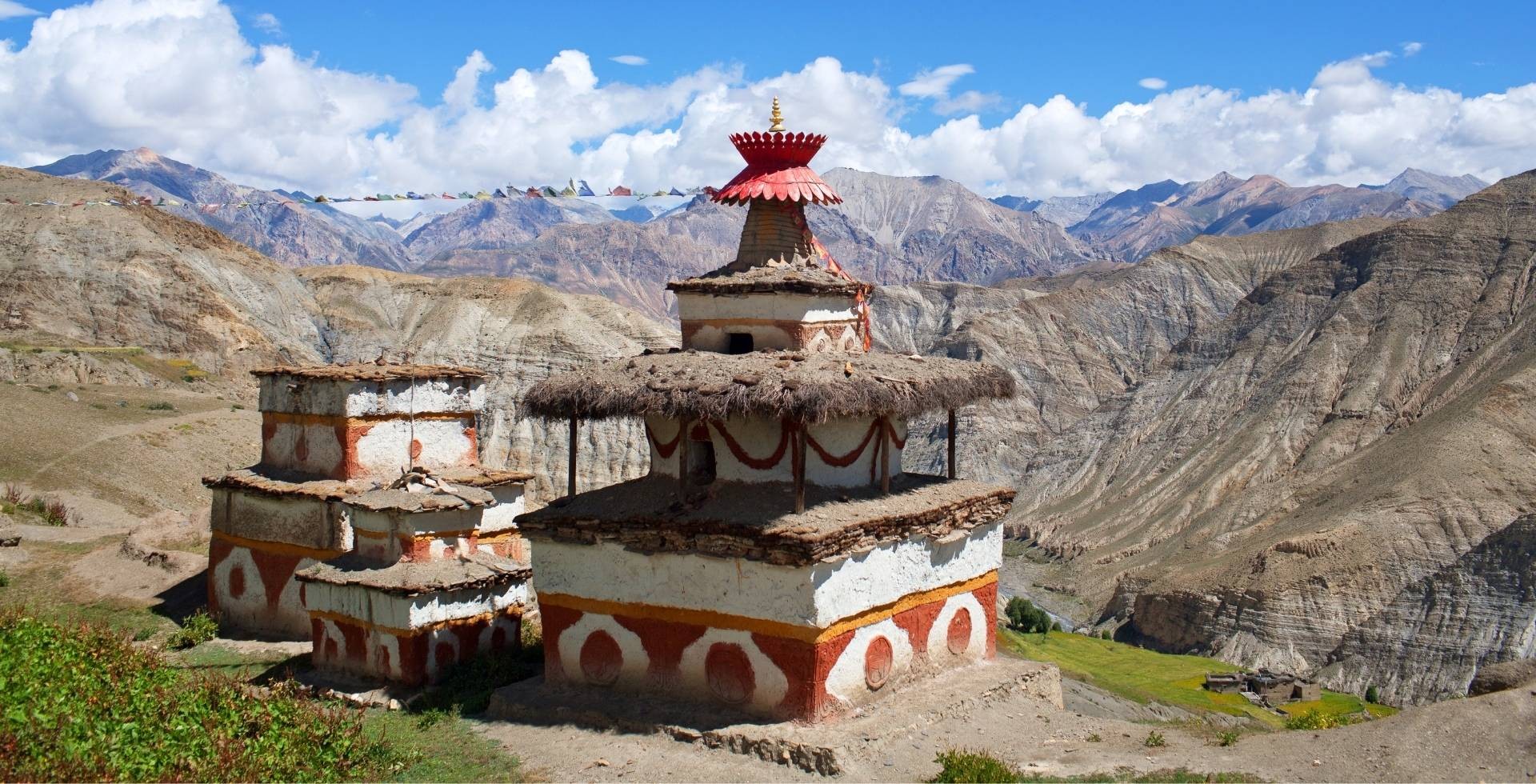
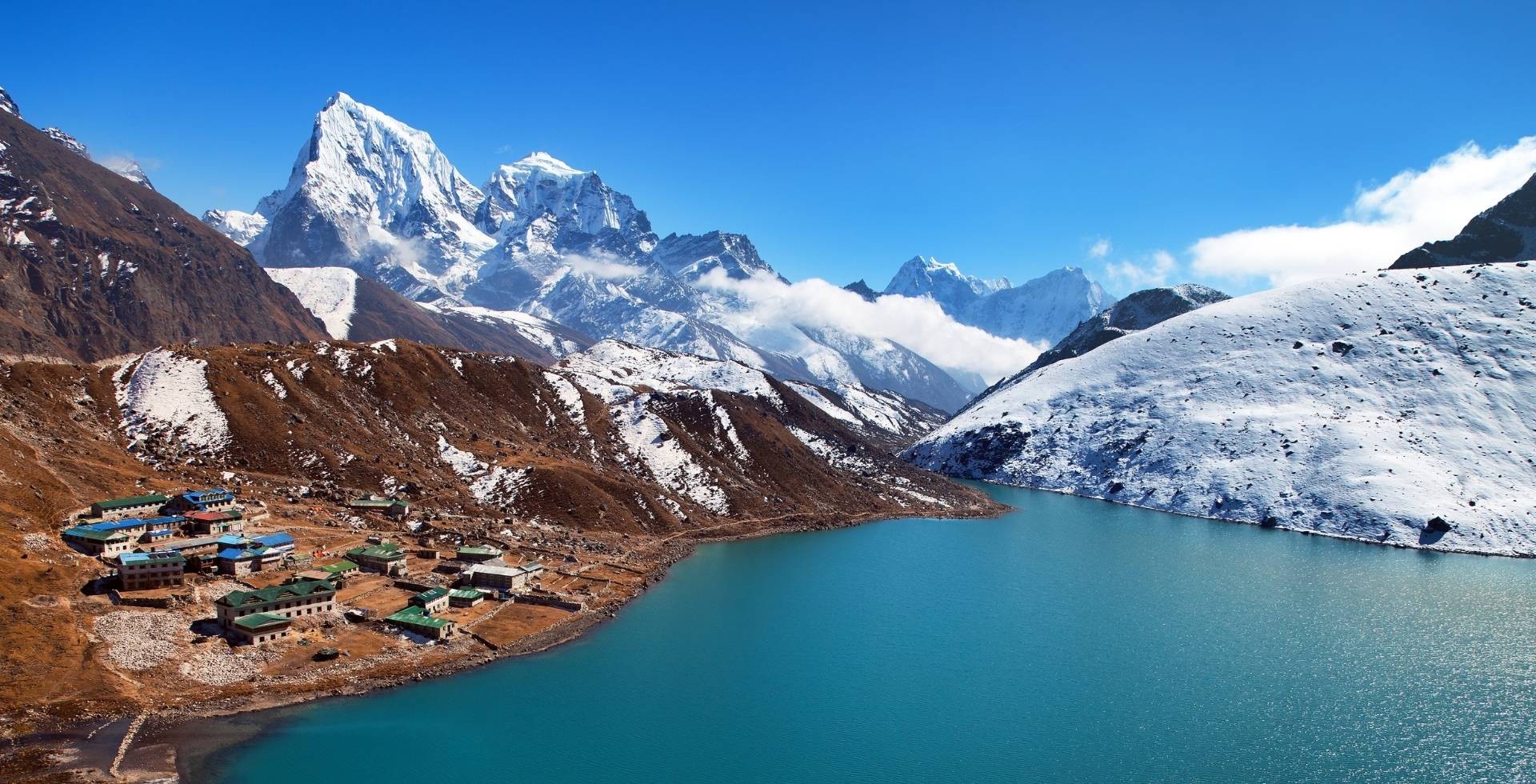
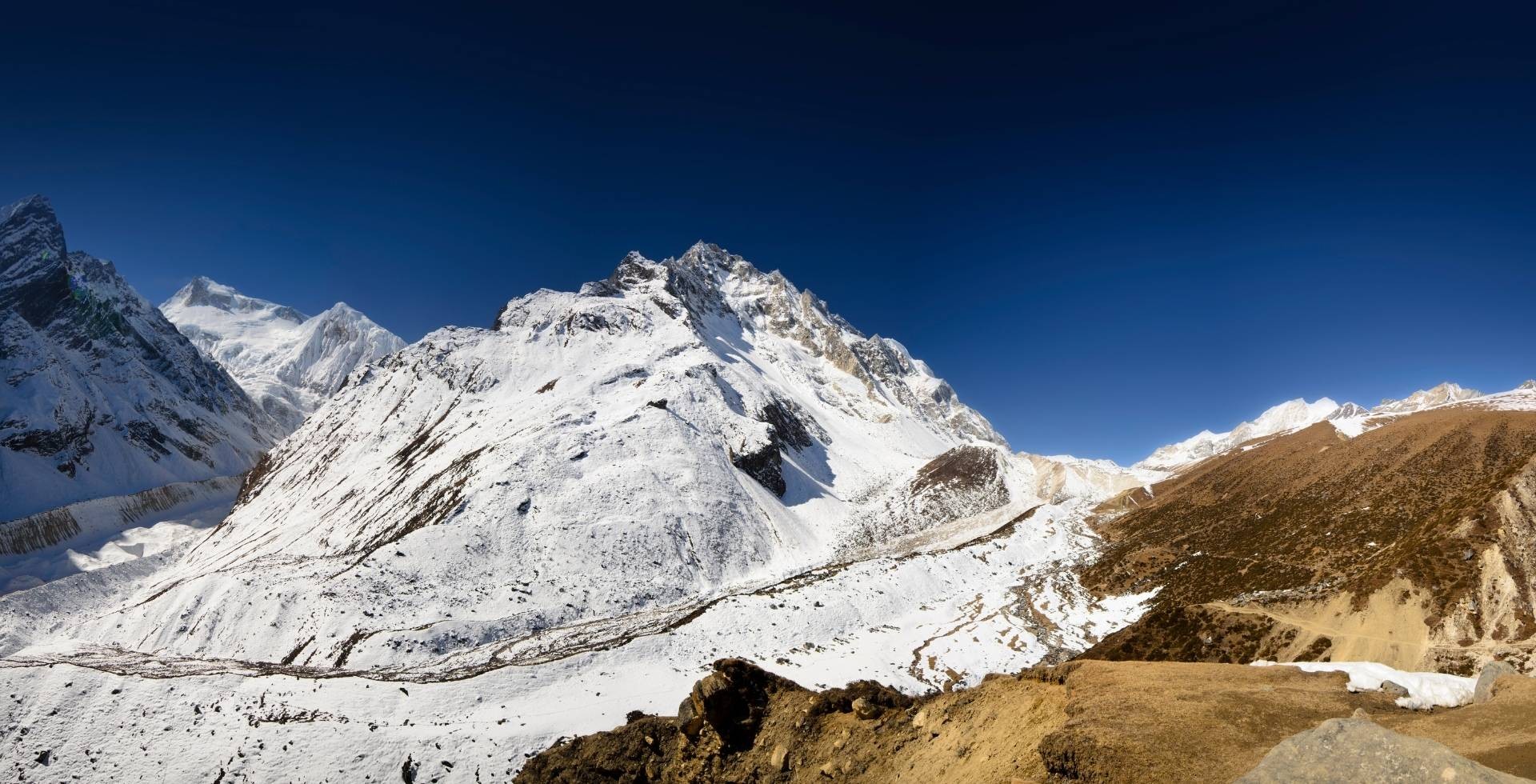
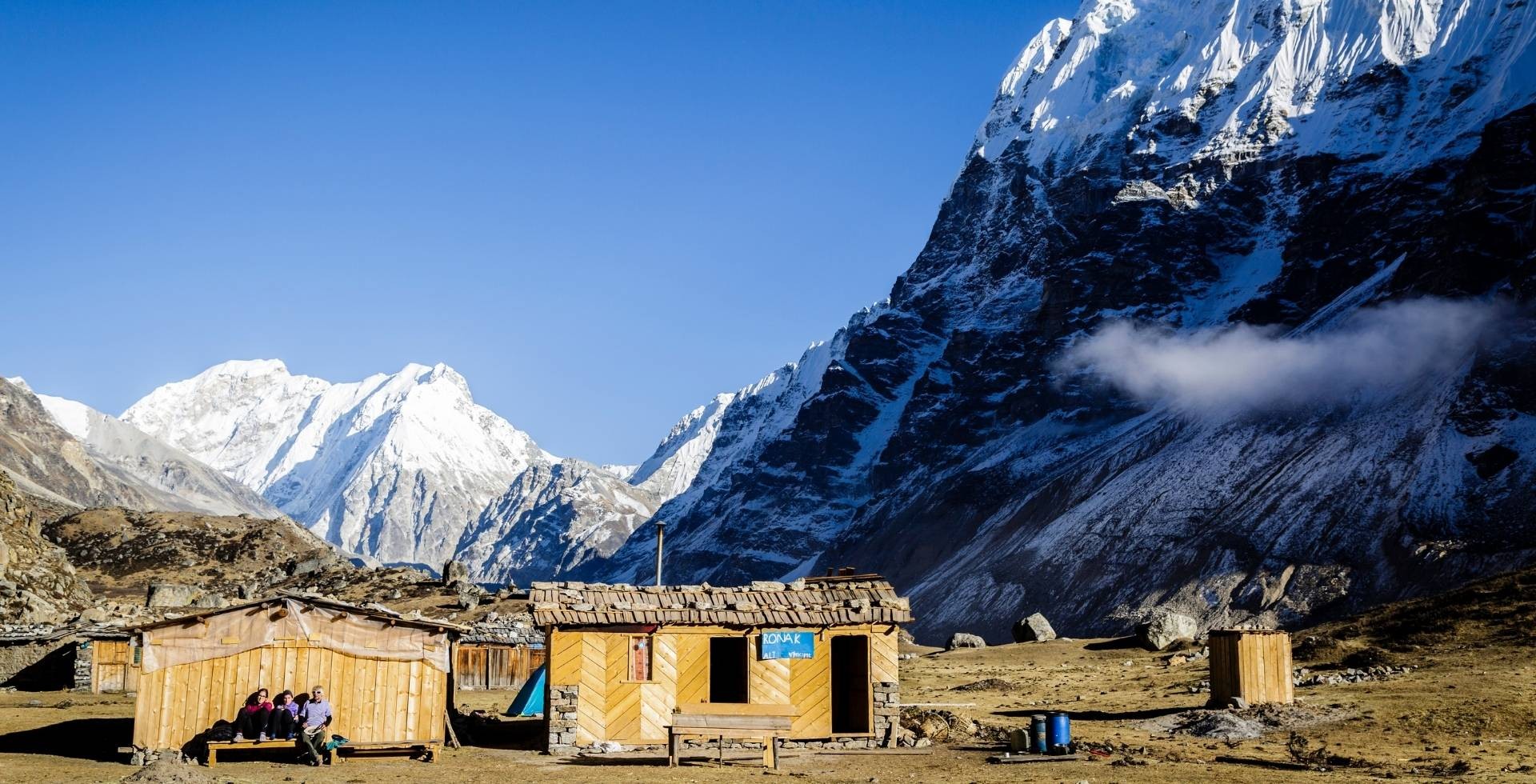
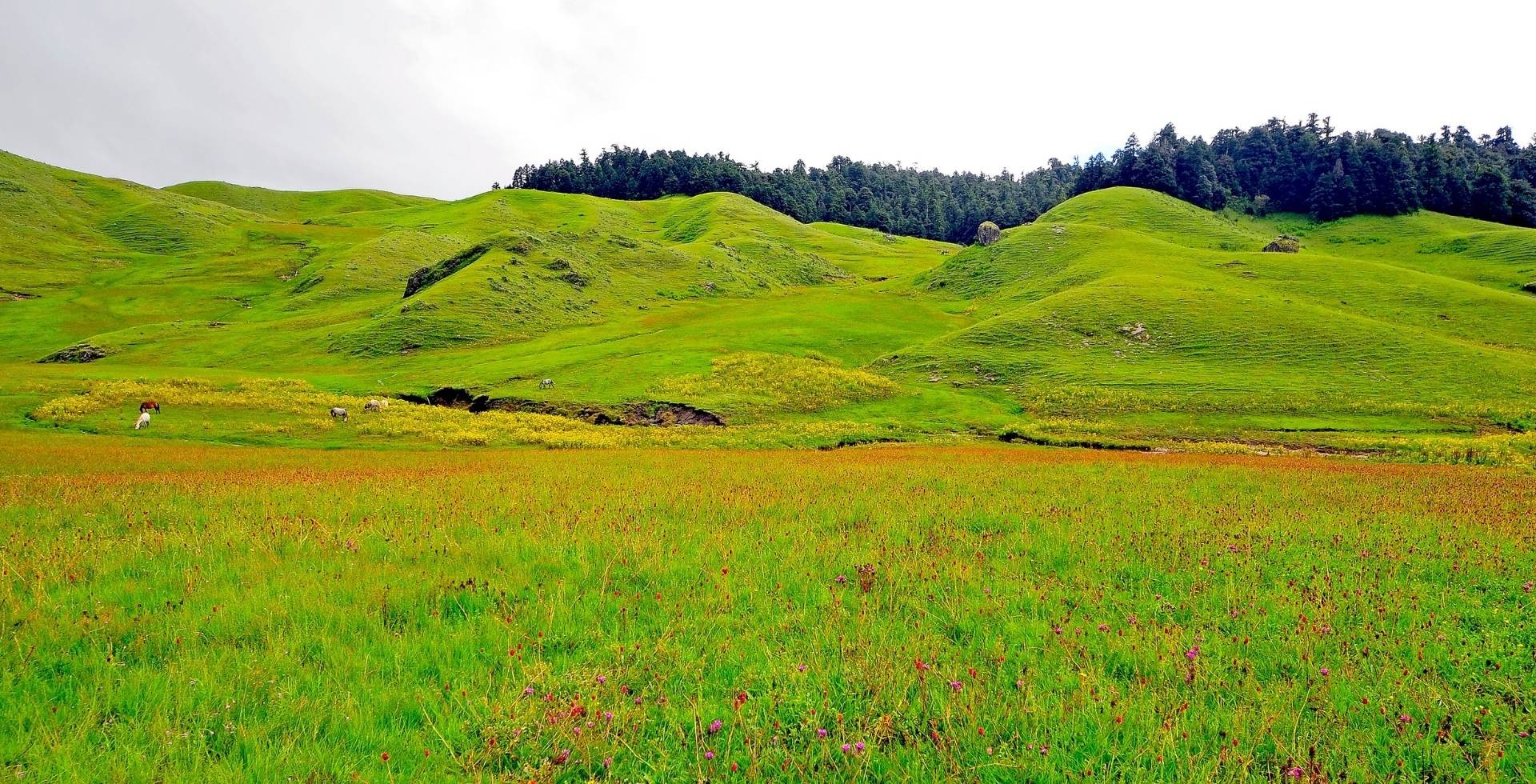
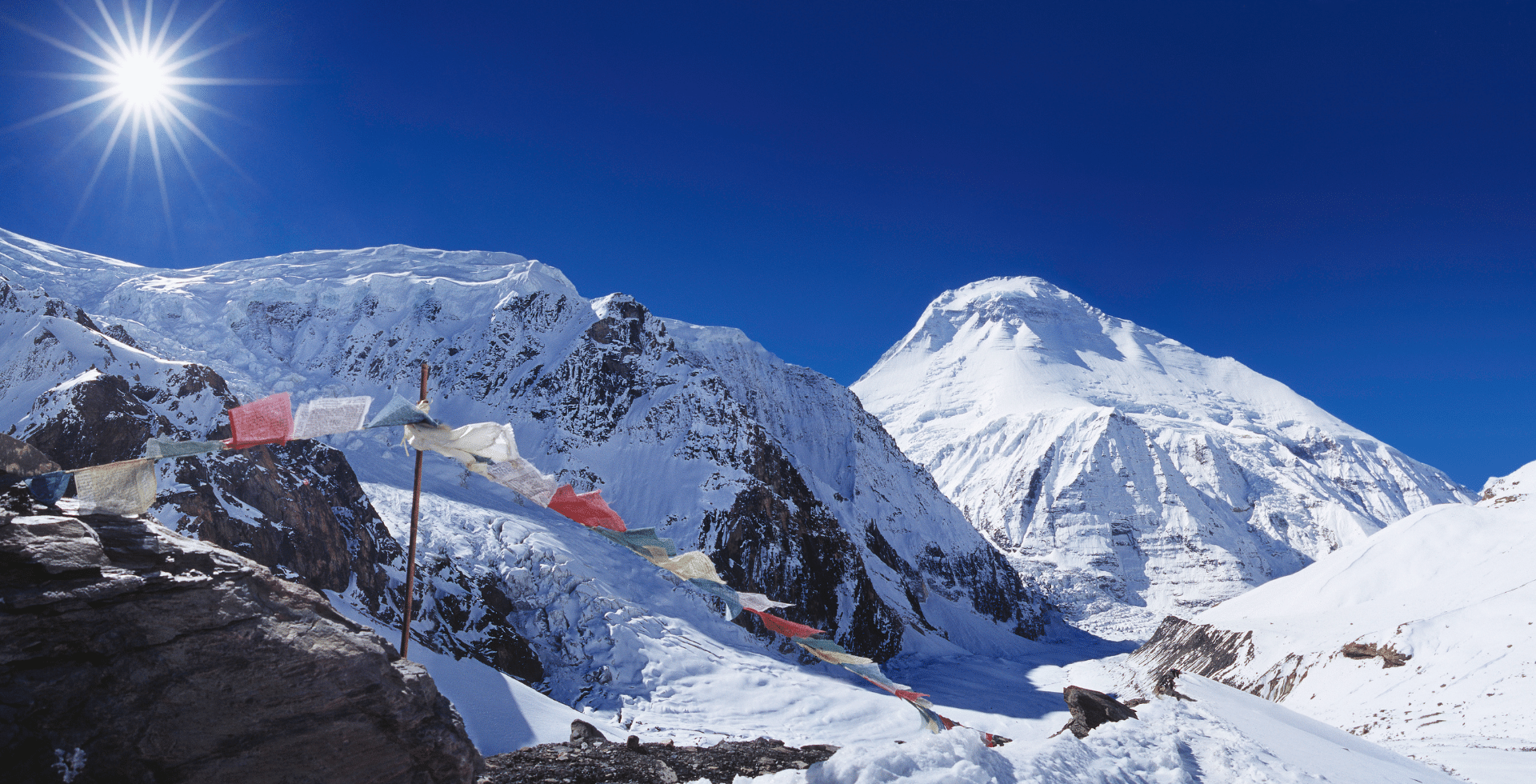
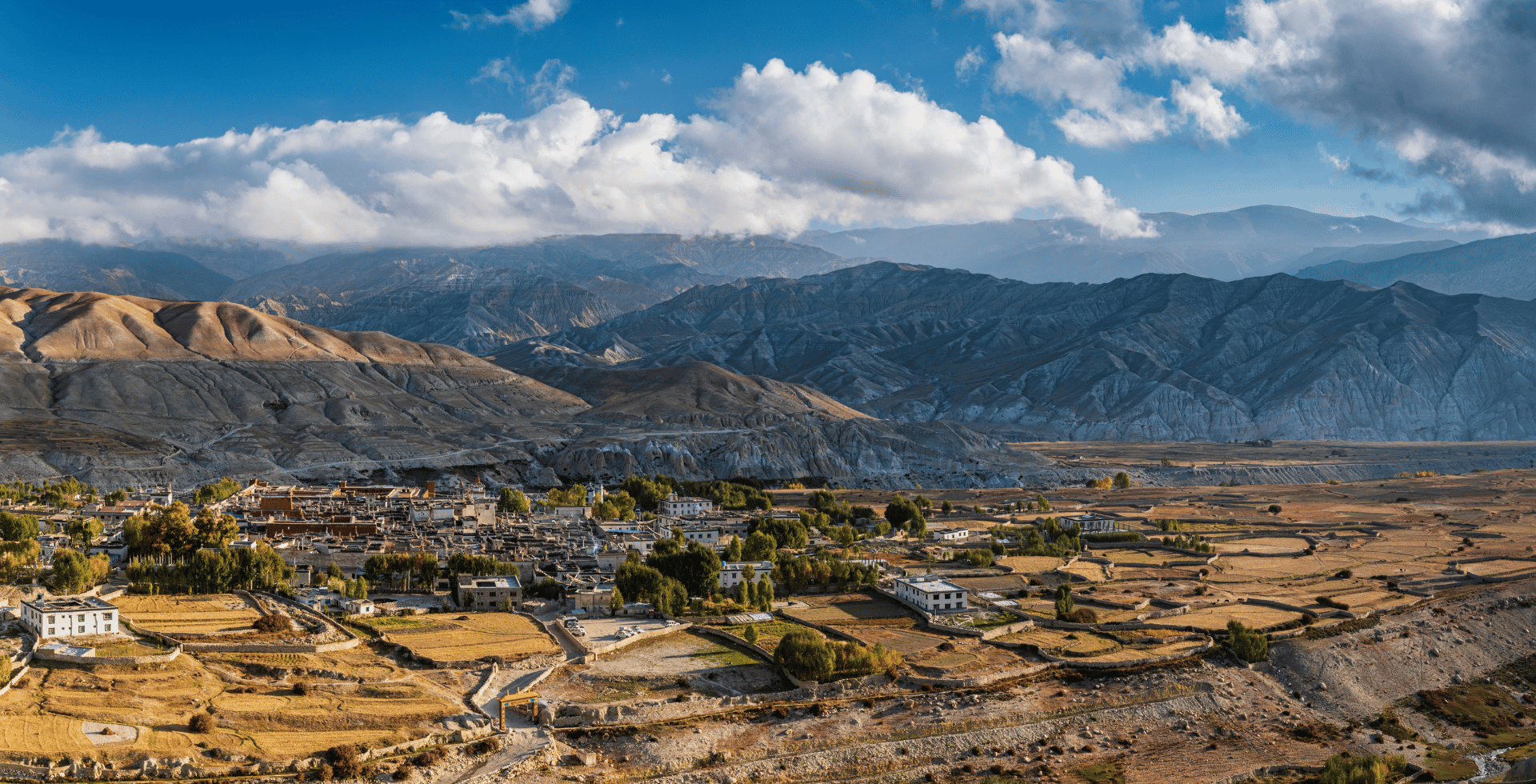
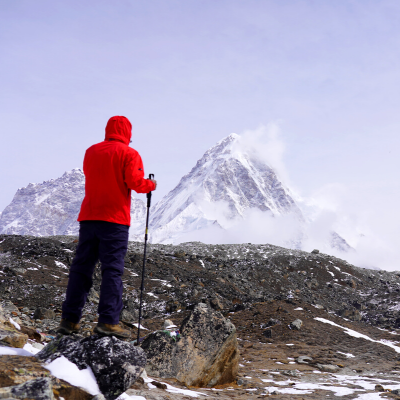 Kiran Neupane
Kiran Neupane